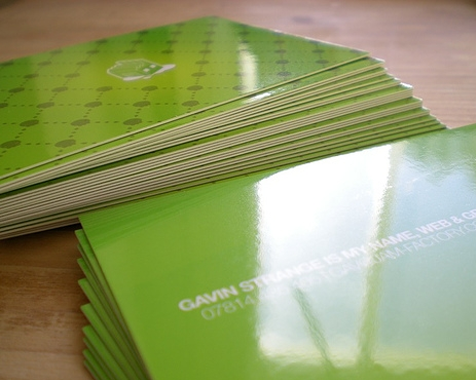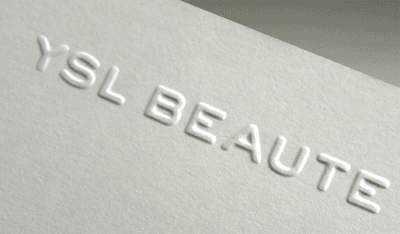My idea generation started with a simple illustration of two ice cream sticks. I thought this was effective because the simplicity of the illustration was eye-catching and appealed to a younger audience because of the cartoon-like bold stroke. However, it would also appeal to an older, trendy audience because of the flat icon design being a popular choice for logotypes in todays' design. Here was my first initial idea for the logotype:

The icon worked well in the context of being a trendy, modern approach to a classic ice cream parlour. I believe the contrast between the two would encourage the widest demographic interest. However, the logo wouldn't have good scaling and when used in collateral, it could end up illegible. The circle around the logo I also found was unnessecary, and instead used the circle shape in a different way. I felt that the three ice lollies also did not convey "ice cream" as such, but "ice lollies for sale". This was a problem obviously, because the logo would be the first thing the audience would see and this would send mixed messages about what the shop sold, so I decided to change it.

I changed the design slightly by adding an ice cream cone into the icon, which I thought was a fun play on a knife and fork which works well together. I emphasised the name of the store and removed the bend effect as it blended the title into the design too much, instead of making it stand out amongst the design. The year of establishment is important, as it shows clarity within the store and also shows it is a startup company, which attracts my demographic.
I produced some different patterns with the icon to add a fun twist to the iconography, and also represents the different toppings you could get on the ice cream. This worked well with my logo, but being reproduced in small collateral would clutter the page with small details, and I reminded myself to keep it simple and effective, as I have the habit of trying to over-complicate things.
I then created multiple designs for the bag that I think would show my idea better. I created a repeating pattern and this makes the bag stand out and fits the simple aesthetic of the brand. The repeated pattern drills the icon into peoples' mind and it is an icon that can stick inside someone's head for sure.























